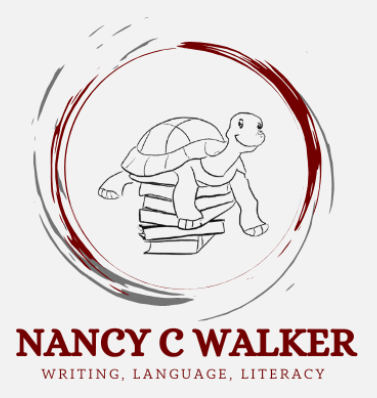This article is part of a series about how you can plot a novel.
Ever wondered why some stories just click with us, especially in the fantasy genre? A lot of times, it comes down to a popular story structure called the Monomyth, or “The Hero’s Journey.” It’s all about a hero going on an epic quest, facing crazy challenges, and coming back transformed.
Joseph Campbell originally laid out 17 story beats for the Monomyth, but in 2007, Christopher Vogler streamlined it into 12. Dan Harmon later published a simplified version in 2011 called the Story Circle.
Since Vogel’s 12-beat structure is what most writers use today, that’s what I’m using for this guide.
Act 1: The Call to Adventure
Ordinary World: This is basically “life as usual” for our main character.
Example: Luke Skywalker living on a moisture farm, bored out of his mind.
Call to Adventure: Something happens that totally disrupts their normal life and presents a big problem or challenge.
Example: Luke finding R2-D2 with Leia’s plea for help.
Refuse the Call: Our hero initially says, “No way, not me!” It’s natural to fear big changes.
Example: Luke first says he can’t go to Alderaan because he has to help his uncle/
Meet the Mentor: Someone wise and experienced shows up to give our hero guidance and wisdom about the new world they’re about to enter.
Example: Obi-Wan Kenobi saves Luke from the Sand People.
Cross the First Threshold: This is the point of no return! Our hero literally enters the unfamiliar world.
Example: Luke leaves Tatooine with Obi-Wan.
Act 2: The Ordeal
Tests, Allies, Enemies: Our hero navigates this new world, facing smaller challenges, making friends, and definitely gaining some adversaries.
Example: Luke joins forces with Han and Chewie, and they encounter stormtroopers.
Inmost Cave: This isn’t usually a literal cave, but it’s the scary entrance to the most dangerous part of the story. It’s often where the hero prepares for their biggest challenge.
Example: The Millennium Falcon arrives at the Death Star.
Ordeal: This is the moment of truth! Our hero faces their biggest fear or the ultimate challenge. It’s a tremendous moment of transformation.
Example: The trash compactor scene, the escape from the Death Star—these are all part of the ordeal for Luke.
Reward: After surviving the ordeal, our hero finally gets what they’ve been searching for, whether it’s knowledge, an object, or a newfound ability.
Example: Luke helps rescue Princess Leia and they get the Death Star plans.
Act 3: The Return
The Road Back: Our hero deals with the consequences of getting their reward. The enemy might chase them or they may face new threats.
Example: The Millennium Falcon being pursued by TIE fighters after escaping the Death Star.
Resurrection: Often the story’s climax, this is where our hero faces their ultimate challenge and fully understands the story’s major theme.
Example: Luke using the Force to destroy the Death Star, realizing the power within him.
Return with the Elixir: Our hero comes back to their original world, but they’re completely transformed, bringing a “gift” back with them—be it wisdom, peace, or a new way of life.
Example: Luke returns to his allies, a true hero who has embraced the Force and saved the day.
So, there you have it! The 12 beats of the Monomyth. Next time you’re crafting a fantasy story, try applying these beats. It might surprise you how much it helps create a classic hero’s journey. Happy writing!

